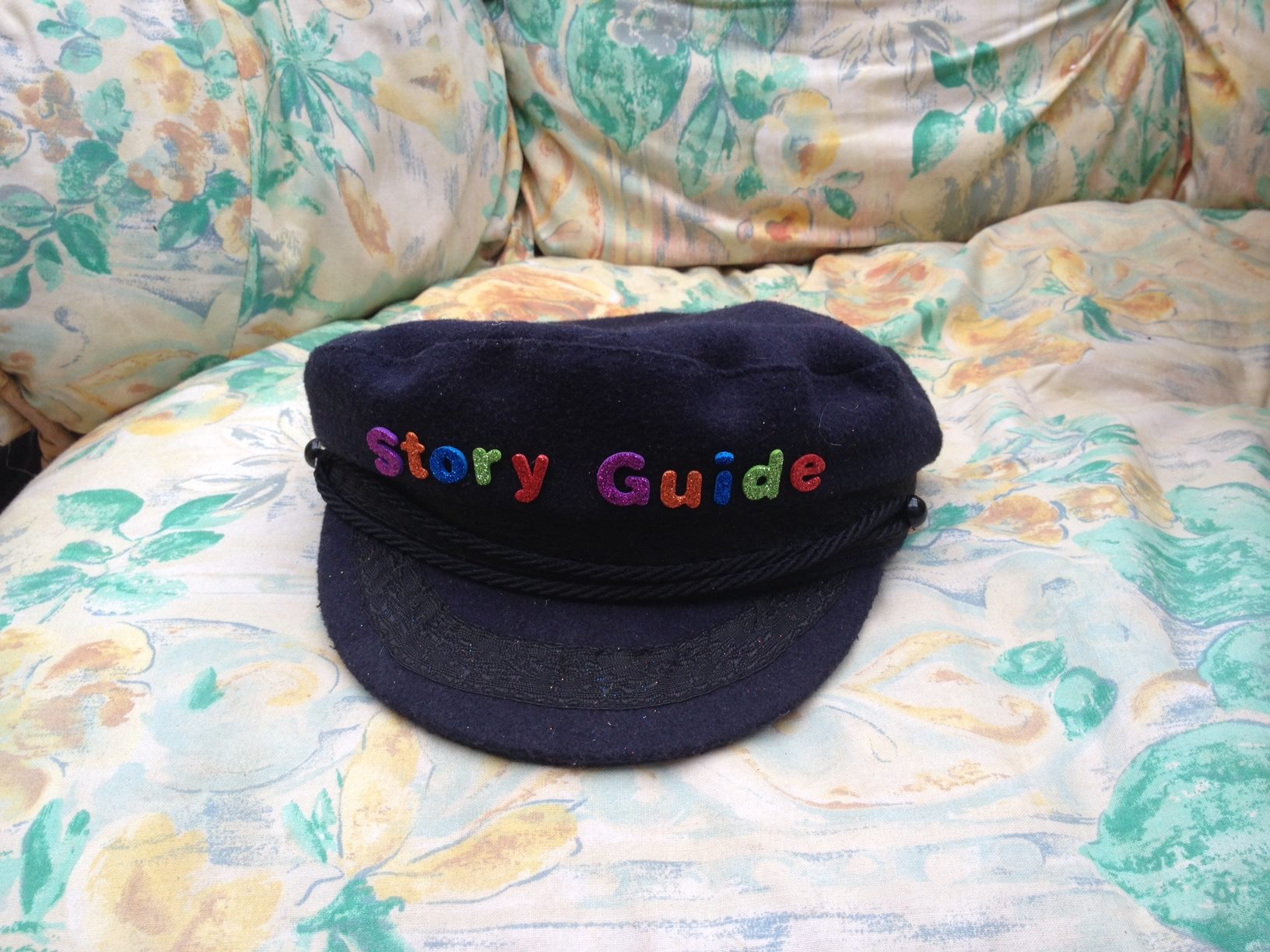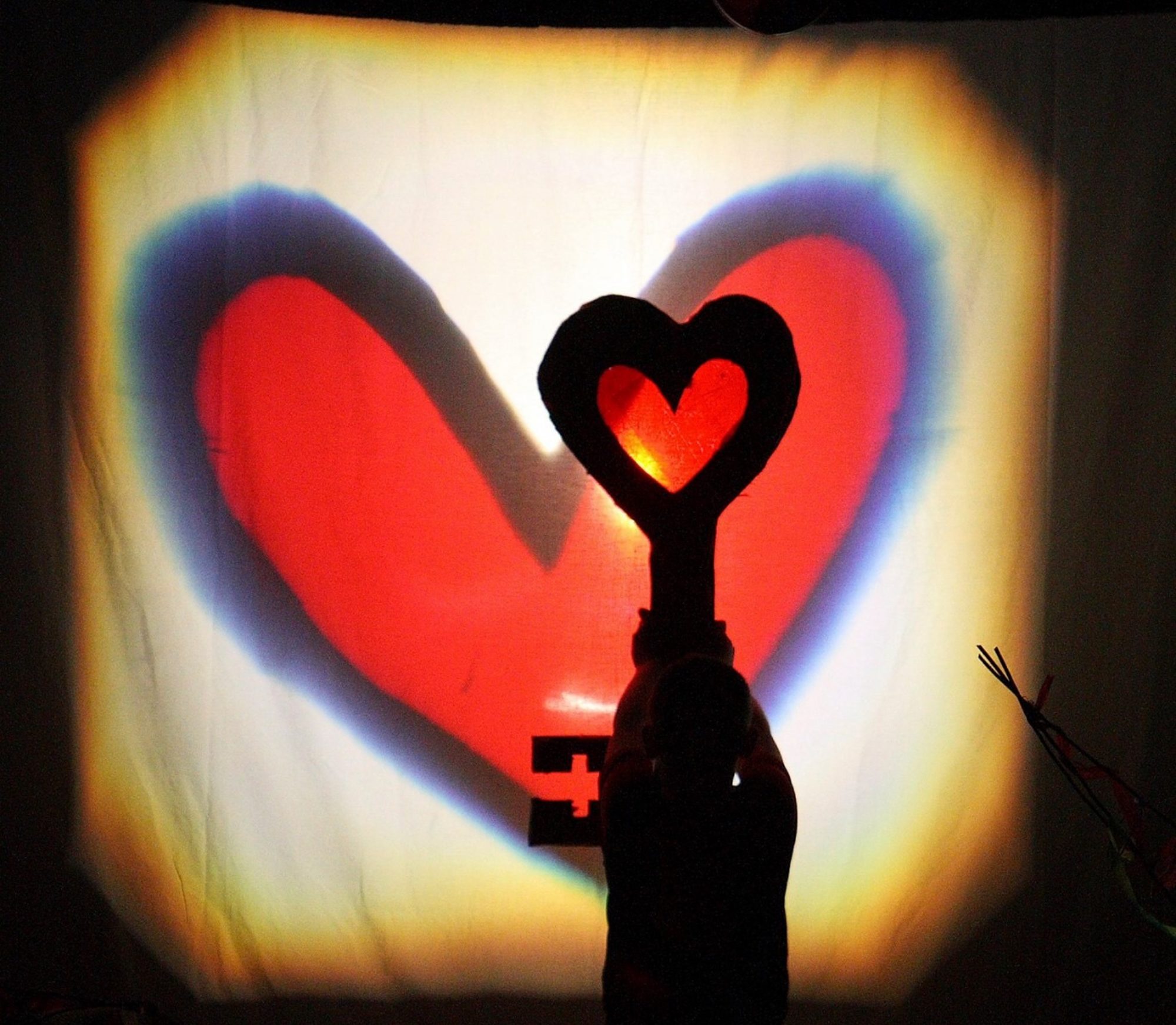
There’s that mysterious dynamic, which is part fear and part excitement about what’s going to happen. One of the things I always ask very early on in a workshop is, “Who’s going to create whatever we are going to create here?” This is to make sure that they know it is they who are going to do it. The Workshop Interviews
Today is the day I officially become a pensioner. 43 years ago, way back in the last century, I got a job as an Assistant Playleader on a very rough adventure playground in London. There was an irony to my job title. There was only me working on the playground.
I was assistant to nobody and in a very challenging situation. Next to the sunken pit that was the playground was a church on which the kids had graffitied, “God rolls his own joints”. There were knives, I was spat at, attempted arson, threatened by an older brother who was a butcher and the stories go on (and thankfully so do I). After a week or two I told the managing organisation that I needed help. They sent their itinerant troubleshooting playleader down there for an evening. What I remember is this largish man arrived and in a totally matter of fact way he summed up the situation. He analysed the group dynamics, the space and gave me the lowdown on who the main protagonists were and how I might gain control over the situation. This took him about ten minutes and then he left. I was hugely impressed. I imagine that what that man did was a little like what I have read Native American tribes could do when they assessed the number of a large herd of horses without a number system beyond one, two and many. Theycould instantly tell whether a horse had gone astray from hundreds. I decided that one day I wanted to be that good at my work. I don’t know how much this is a colonial fabrication and a disservice to those people but it serves as an illustration of how we all can exercise and apply our intuition.
A realisation came to me in the Parma workshop on The Joker when we were split into different groups to make some Forum Theatre. Not being the leader but being a participant gave me the opportunity to observe what was happening with fresh eyes. I watched the group as I was in and it seemed that we quickly had coalesced around the purpose of making a piece of theatre into a single body. And as I watched, it looked to me as if the group, just like any single body, inhaled and then exhaled. It took in air and then expelled it. I wondered what signs I was reading to have reached this idea that the group as a single body were breathing in and out. I kept watching. Later when Warren and I compared notes on the day, I told him about my observation about the Joker having to read the inhalation and exhalation of the group. I watched the group change their physical relationship to each other – get closer together and move further apart. Warren added that a useful sign to watch was the extremes in the group – the loudest and quietest voices. We both agreed that there were indications of the moments to intervene, direct or guide and other signposts designating time to step away or watch from a distance. A useful guide to discern moments of intervention could be characterised as the breath of the group. Leave the group alone when it needs to inhale. Let the group exhale and then step in if one intuits the need for intervention
I wondered then what happened to my own breath when I watched that group or when I was leading a whole workshop. Did I breathe in and out with the group? I think I did and I think I do. When I run a workshop, I arrive and set up a space that I hope will entice and excite the individual participants so that the conditions are present for them to create and become a group. When we meet, I begin stirring the cauldron of people and content and I am breathing alongside each of them and all of them in a strange performance of myself – my me-ness becomes entangled in their them-ness. When they leave the performance ends quite abruptly; unexpectedly because it is not forced or false performance but rather a facet of the with-ness that has existed. There is no self-consciousness involved. Quite the opposite, that performance as workshop leader is created by internalising the body of the workshop. So, when it is over, it’s as if a bit of you is missing. Inside and around you there is a small death.
When Moveable Feast morphed from live workshop events for participatory artists into a company that delivered workshops to communities, I ran a course to start the company. There were 20 artists involved. I decided that it was unfair to ask the participants to do tasks that were challenging to them without me going outside of my own comfort zone. My workshop leading comfort zone includes puppets, drama and story but excludes singing or knitting or…dance. So, I went outside my comfort zone. I ran a small dance workshop. I pulled a muscle in the warm-up but the compass of this workshop was small enough for the pull not to matter. The idea of my workshop was that the participants, having warmed-up, without muscle pulls, were to work in pairs and in turn would dance (move to background music) their workshops from waking up in the morning to arriving home at night. Confounding expectations, it seemed to work.
One device we also had on this course was what we called ‘ The Noticing Book’. This device was derived from my rough understanding and interpretation of Goethian science. I understood that Goethe advocated that each natural phenomenon has its own unique qualities that can be discerned through acute observation employing all our senses. And as apply our senses we can see in our mind’s eye the metamorphosis – for example, from one leaf to the next on a stem. Then we can employ our imaginations to ‘see’ how those invisible changes might occur and what the relationship between each leaf might be.
That is what I understood. And I liked the idea even if it was a misunderstanding and thought it was worth trying in a workshop. After all, Workshop is a social ecological system, the invisible betwixt and between of relationship and the potential metamorphosis that can occur. Only we more often call it transformation. So ,across this, and subsequent workshops, we had a ‘Noticing Book’. One participant at any time could drop out of activity and become a witness. Easier said than done, not always advisable and a tricky convention to establish in the right way. In this first instance on that course some time ago, it worked and during my experimental dance workshop, one of the participating artists, a dancer as it happened, sat on some raked seats above the studio space in which people danced their workshops, witnessing and making notes and sketches of what she perceived.
The exercise consisted of one person (A) dancing their workshop day to the other (B) and then B played back to A what they had just watched. There was a discussion between the pair about what had been seen, felt, noticed and arisen from the dance. Then the pair reversed roles. As the participants were dancing a whole day and naturally some would be ‘out of the front door’ in 20 seconds and others could take the full ten minutes. I set a time limit of 10 minutes for each piece. I also had in mind some obvious moments that I could suggest such as “you begin to pack what you need “, or “the participants are coming into the room.” Judging when to say something and when not was a matter of deep focus on the group. Possibly nudging someone ‘out of bed’ whilst everyone else was ‘arriving at the destination of their workshop’ – the delicate balance between holding the group together and allowing individuals the freedom to do things their way.
When all had played their way through their workshops, we gathered as a whole group to share what had gone on and what we had noticed. At this point the dancer with The Noticing Book fed back what she had observed. As it happened, a lot. And it was revealing to have a remote outside eye to report back. “One thing stood out,” she said, “and that was the moment when you all finished your workshops and the participants left the room. The whole atmosphere changed. It dropped. There was a deflation – almost a sense of loss. A loneliness.”
Perhaps it is not of much use to write that I have never quite got to grips with what happens after the immersion of holding a workshop. Long ago I remember going away from home to run workshops with whole schools. I used to do these residencies by myself. That truly was a lonely business. Returning home though was the most difficult part. I would simply crumble. I know that this crumbling is not what happens to all workshop artists but it still leaves me perplexed. The answer to this post-workshop reduction is simple – rest and inhale. The ingredients of that crumble though are more complex. This manifests in me afterwards as an exhaustion and despondency. When I stop to recover it hurts. In order to recover my own body, I have to relive, rewind and release the body of that last workshop – all those met and all that made then and there. Next project.
Workshop is fundamentally about the union of two elements: the participants’ stories and the making of something by them. There are three phases to any workshop for participants and for leaders – before, during and after. I characterise these phases for the leader as Devising, Delivery and Recovery. I have run workshops of many sorts for over 35 years and today I was awarded my government pension. I am in my cabin writing this and there’s a pandemic. It’s two months since I have run a live workshop. I ran one virtual event. A long enough recovery to begin to re-cover the whole caboodle in these blogs.
Another quality of workshop is that, whilst it is a guided experience, it’s not a mediated experience. It’s an experience, event and encounter that absolutely happens then, there and with them.
If speaking for someone else seems to be a mysterious process that may be because speaking to someone does not seem mysterious enough. Clifford Geertz.


Congratulations Tony!!!!
Just sent you an email response and hope you get this.
Loving this piece and what you are sharing.
Hello Siggi,
I don’t know why but I seem to have just got this. Thank you. Tony